Click Here to Read: From Hemingway to HG Wells: The books banned and burnt by the Nazis by Alex Johnson on the Independent website on August 7, 2018.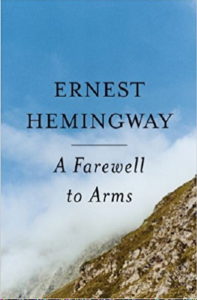
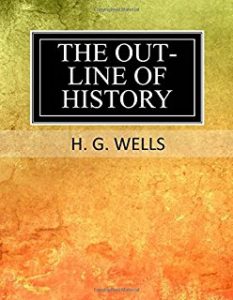
Category: Literature
Season two of The Handmaid’s Tale: Out of steam and it shows
And in production at IPBooks
Ann and Aaron Look on as Freud on his Deathbedd Turns the Pages of Balzac’s La Peau de Chagrin by Robert Lippman
Click Here to Read: Ann and Aaron Look on as Freud on his Deathbed Turns the Pages of Balzac’s La Peau de Chagrin by Robert Lippman. This is 2nd play in his book, The Unknown Freud: Five Plays and Five Essays (International Psychoanalysis Books, 2016).
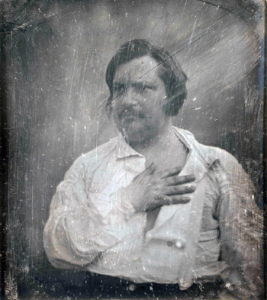
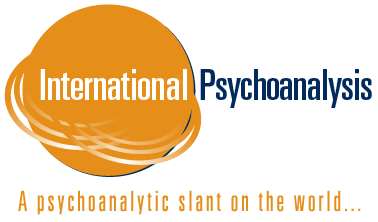
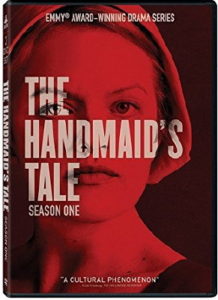
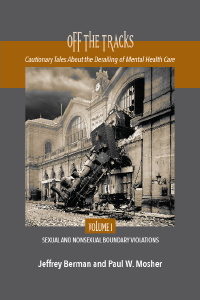
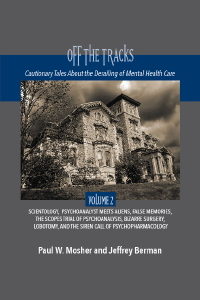
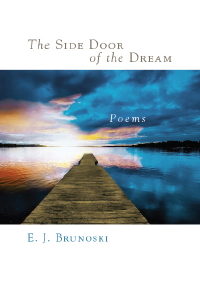
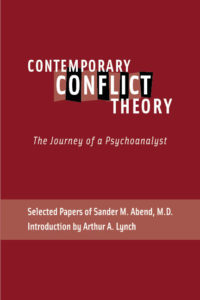
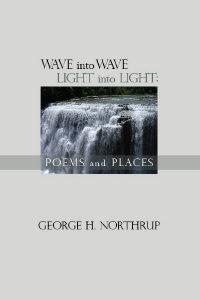
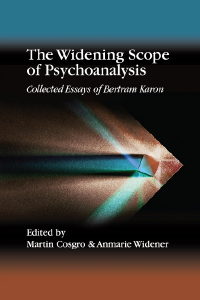
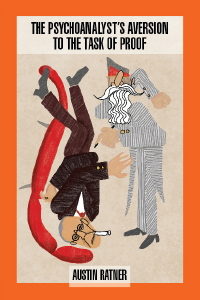

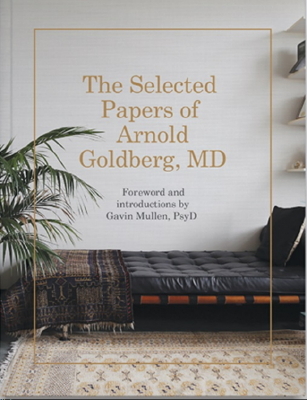 Click Here to Purchase:
Click Here to Purchase: